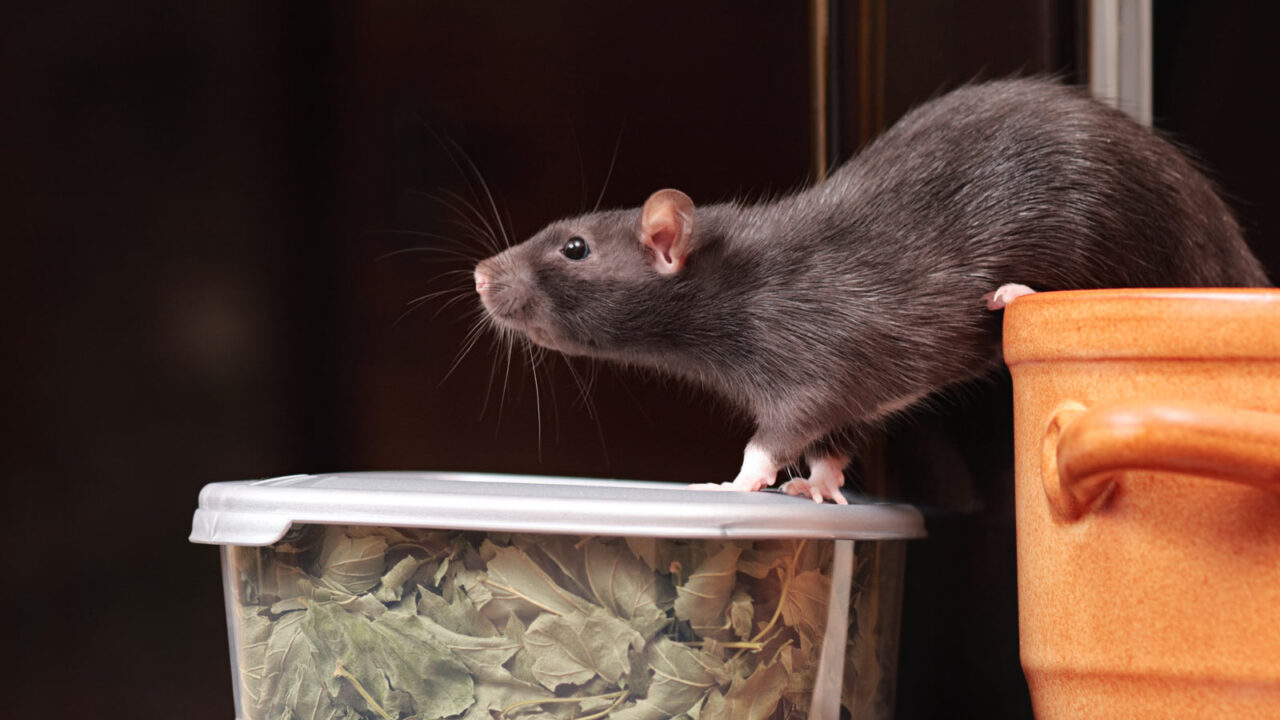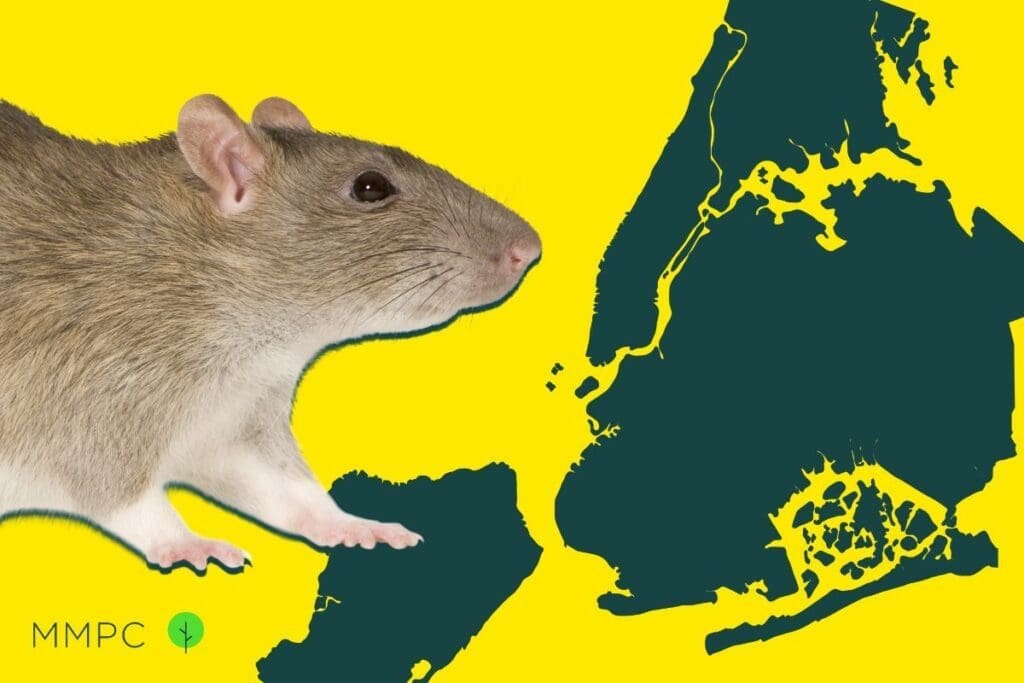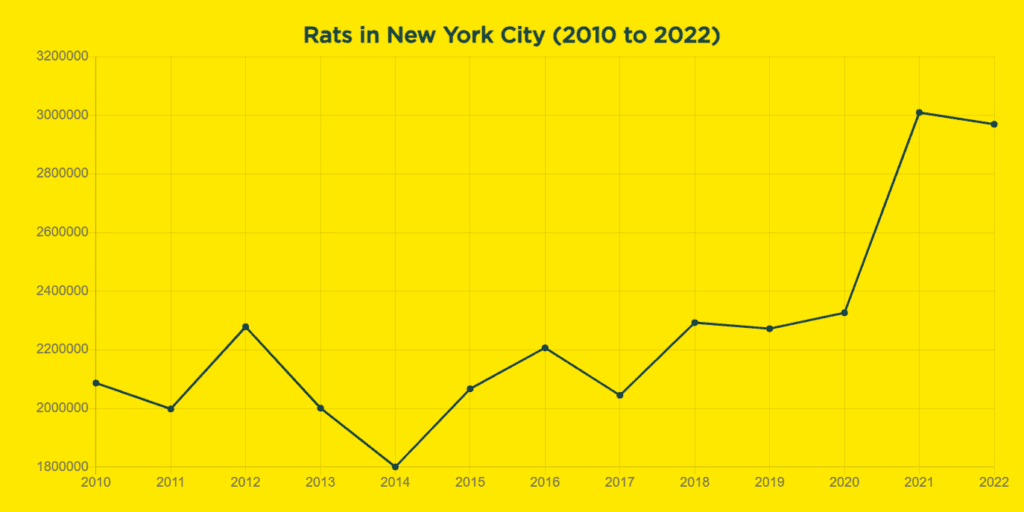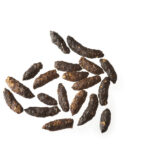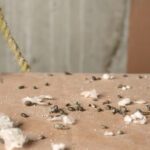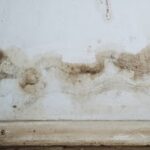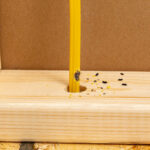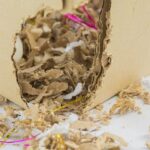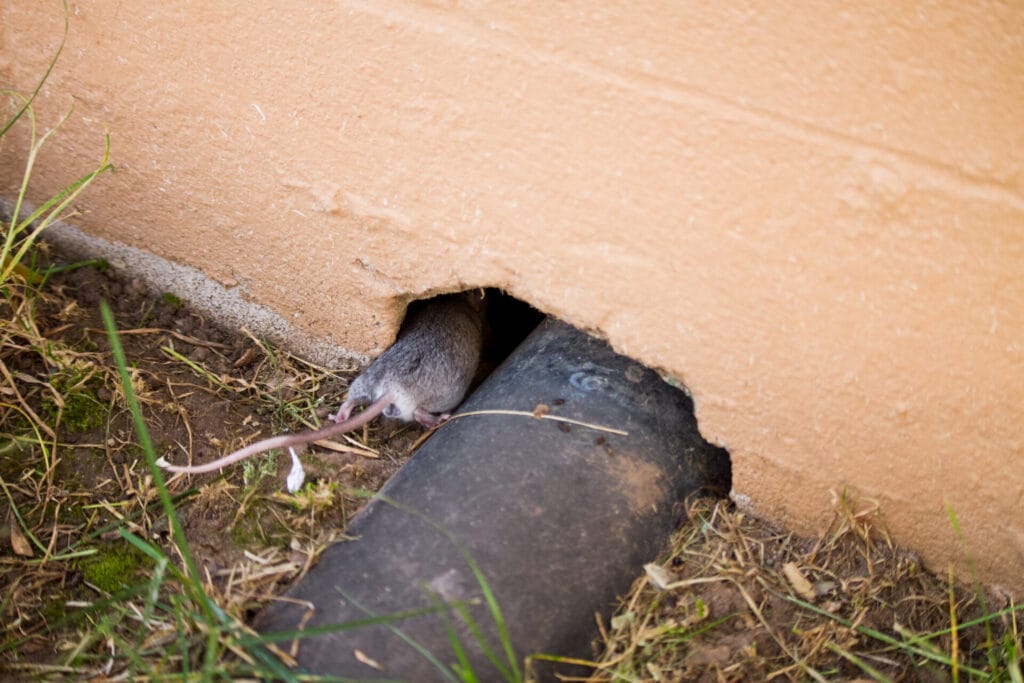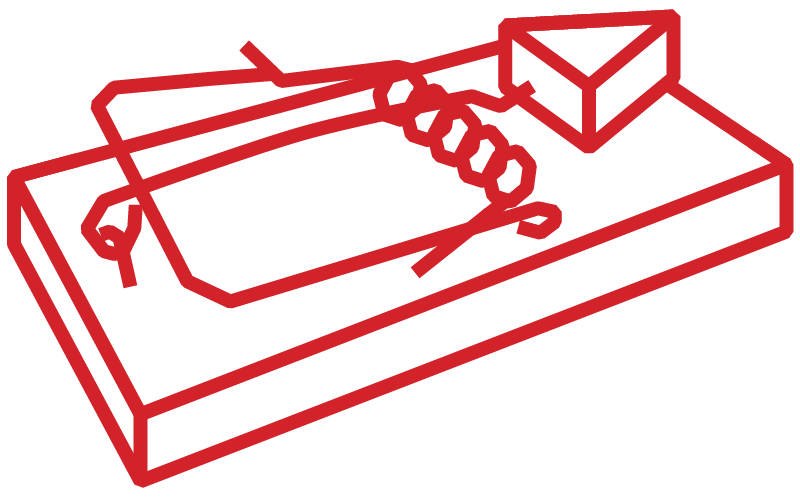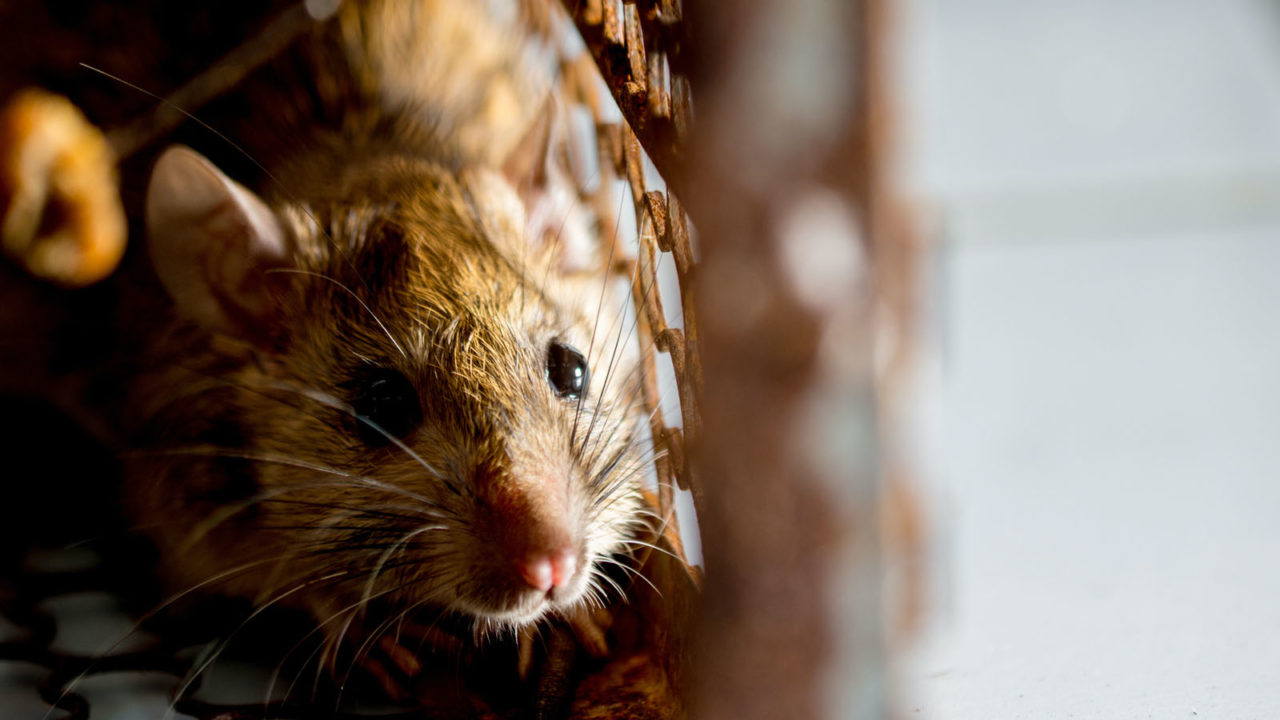
As winter blankets the vast expanses of the desert Southwest, residents prepare to cozy up in their warm homes, anticipating the serene beauty and calm the season offers. But amidst the picturesque sunsets and cooler evenings, there lies an unexpected challenge: a rising Rats extermination services Stamford. While many may associate pests with the heat and intensity of summer, the cold season has its own set of critter-related challenges.
In the desert Southwest, winter is not a deep freeze as in some northern climates. Instead, it brings mild to cold temperatures that can be quite chilly at night. While some animals migrate or hibernate, rodents, particularly the cunning roof rat, see this as an opportunity. These creatures are on the hunt for shelter, warmth, and food, making our homes and gardens prime real estate for their winter residence.
Fruit trees, common in many Southwestern homes, only add to the allure. They offer both nourishment and protection, becoming a beacon for these unwanted guests. But before we delve into the specifics of these rodent challenges, it’s essential to understand the broader context of why rodents are particularly active and problematic during this time.
In the upcoming sections, we’ll shed light on the nature of rodents, the signs that might indicate you have a rodent problem, and, most importantly, how you can tackle and prevent such issues. As winter unfolds, let’s ensure it’s marked by comfort and peace of mind, not by unwelcome, whiskered intruders.
Roof Rats: The Desert Southwest’s Sneaky Pests
Characteristics and Identification of Roof Rats
Rat extermination companies Darien, scientifically known as Rattus rattus, differ from other rats in their preference for heights. They are aptly named for their tendency to find shelter in the upper parts of buildings. Physically, these pests are medium-sized with sleek black or brown fur, and their tails are longer than their bodies. This tail aids in their balance, allowing them to expertly navigate tree branches or power lines.
Their nimble nature is further supported by their excellent climbing abilities. Unlike some of their ground-loving relatives, roof rats thrive in locations off the ground, such as attics, rafters, and yes, tree canopies.
Why Roof Rats Love Fruit Trees
Fruit trees are a buffet for roof rats. Citrus fruits, like oranges, lemons, and grapefruits common in Southwestern backyards, offer a fresh source of food during the colder months. But these trees aren’t just about nourishment. Their branches provide shelter from predators and the elements, and the higher locations align perfectly with the roof rat’s natural tendencies. In essence, a fruit tree is like a multi-story apartment complex with a grocery store on the first floor for these pests.

Signs You Might Have a Rodent Problem
1. Small Droppings Everywhere
The first major sign you’re getting
visits from mice is if you notice mouse droppings littered around your
house. Resembling small black dots, you’ll often find them anywhere you
store food, be that the pantry, cupboards, cabinets, bins,
refrigerators, and more. If you’ve got rats instead, the droppings will
be much darker.
Other frequent dropping spots include along the edges of walls and
inside small, enclosed spaces (think boxes or old suitcases). Make sure
to keep small children and pets away from these droppings, as touching
or eating the droppings could make them very sick.
2. Squeaking Noises Throughout the House
If your alarm in the morning got replaced
by loud squeaks and scratching in the walls, it’s time to throw the
mice out of your house…and buy a new alarm clock too. Mice will build
their nest inside crevices within your walls or floor and use openings
to travel through your house without detection.
Despite their small size, mice still make a fair bit of noise and the
trademark scamper of their feet and high-pitched squeak will give them
away. Keep an ear out before you go to bed, as mice are nocturnal and
will be most active then.You can contact mice removal in
Wilton CT also mice removal
services in New Canaan
3. Signs of Gnawing
Seeing tons of tiny holes everywhere you
go? Mice could be to blame. These rodents will chew through almost
anything if they smell something good on the other side, and nothing
from trash bags to boxes of foods like cereal or past will stop them.
In order to keep their teeth sharp, mice will also chew on wood or other
sturdy objects. Look for scrapes or gashes in your furniture and walls,
as well as any wires in your house or pipes running through. If their
gnawing gets bad enough, your house could face serious electrical or
plumbing damage.
Mice are also known to eat pet food, so tiny holes in your feed bags are
more likely due to hungry mice than Fido trying to get more than his
fair share.
4. Your Dog or Cat is Going Berserk
Another sign that mice have invaded your
estate is if your dog or cat won’t stop scratching or yelling at certain
spots in the house. They have ultrasensitive hearing, and noticing
another animal is sure to whip them up into a frenzy.
You should also take caution to keep your pets from eating any dead mice
they find, especially if you’re using poison in your house. Otherwise,
you risk the Mice evacuation of your Building to your pet when they eat the corpse. Mice can also have nasty diseases
which your pet can catch when it eats them, making it a safer bet to
steer clear.
5. Greasy Stains
Noticing tiny grease-like stains
surrounding the corners of small cracks and openings in your house?
Well, when mice squeeze through cracks, the grease on their fur (caused
by a mixture of dirt and oils) rubs off on whatever they push through,
leaving telltale marks to tell you where the mouse went.
It’s also important to note how big the grease stains you see are. If
they veer towards the larger side, it’s a clear indication you’ve got a
rat problem on your hands.

Rodent Prevention Techniques for Homeowners
Inspection and Identification
Before implementing any preventive measures, it’s crucial to understand the extent of the problem. Regularly inspecting your property can give you a clearer picture. Look for common signs such as rat droppings, gnaw marks, and nesting materials. Remember, roof rats prefer elevated areas, so don’t forget to check your attics, roof spaces, and tree canopies.
Understanding which rodent species you’re dealing with can also inform your prevention methods. For instance, techniques effective for roof rats might not necessarily work for ground rats.
Natural Deterrents
Nature provides several deterrents that can keep rodents at bay. Certain scents, like peppermint oil, eucalyptus oil, or even crushed pepper, can act as repellents for rats. Additionally, consider planting herbs like mint around your property’s perimeter. While these might deter rodents, they can be pleasant and beneficial for homeowners.
Physical Barriers
Ensuring that your home is structurally sound is a basic yet effective deterrent. Patch up any holes or cracks in your walls, roofs, and foundations. Around fruit trees, consider using metal guards or wraps around tree trunks to prevent rats from climbing. Fencing, especially metal mesh, can also deter rodents from accessing the trees.
Trapping Methods
If rodents have already made your property their home, consider using traps. Snap traps or live-catch traps can be effective. If you opt for the latter, ensure that you release the trapped rodents at a considerable distance from your home to prevent their return.

How Green Pest Management Prevention Can Help
Expertise in the Desert Southwest Rodent Behavior
At Green Pest Prevention, we’ve accumulated years of experience understanding the unique rodent behaviors of the desert Southwest. This regional expertise means we’re well-equipped to provide solutions tailored to local homeowners, ensuring maximum effectiveness.
Comprehensive Rodent Prevention Services
From initial inspections and assessments to full-scale prevention strategies, our team offers a holistic approach to rodent issues. Beyond mere eradication, our focus is on comprehensive prevention to ensure lasting solutions.
Long-Term Solutions for Lasting Peace of Mind
Our commitment to homeowners extends beyond a one-time service. We believe in establishing long-term relationships, offering ongoing monitoring and education. We’ll provide you with tips and insights to maintain a rodent-free environment, ensuring your peace of mind for many winters to come.
Winter in the desert Southwest should be a time of tranquility and relaxation. Don’t let rodents disturb this peace. Being proactive and informed about potential rodent issues can make all the difference. And remember, when in doubt or overwhelmed, professionals like Green Pest Prevention are just a call away, ready to restore harmony to your home.
